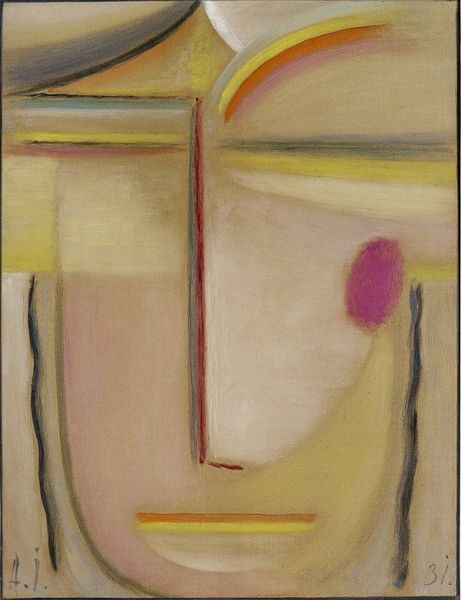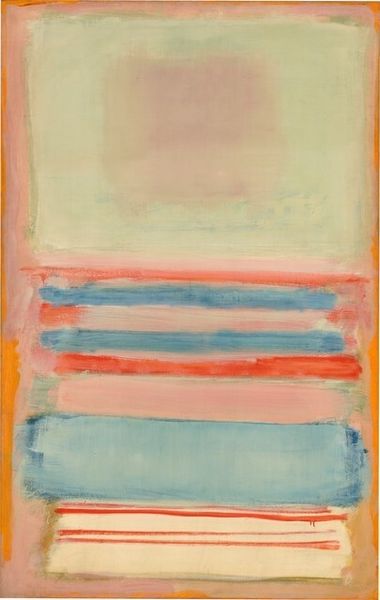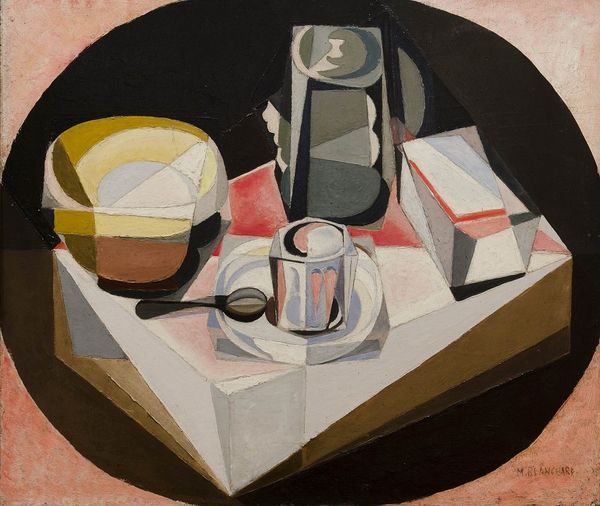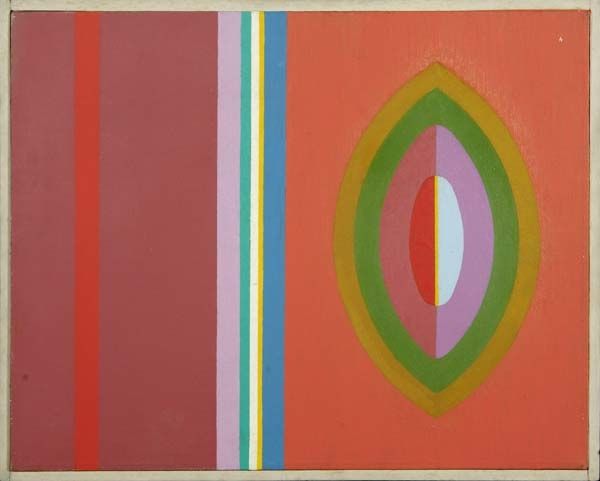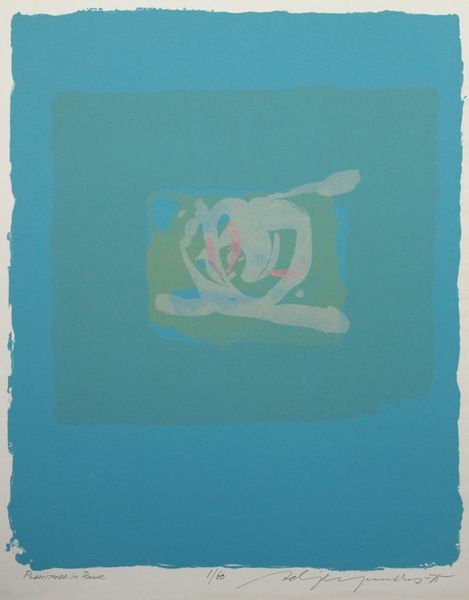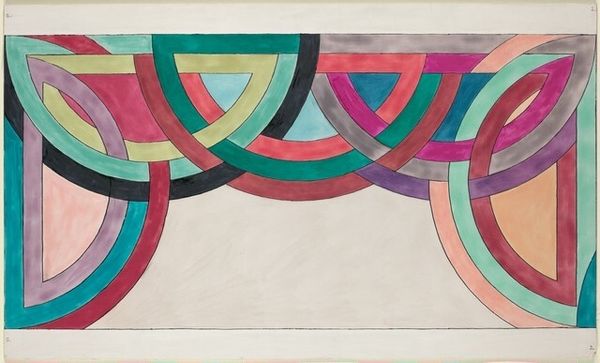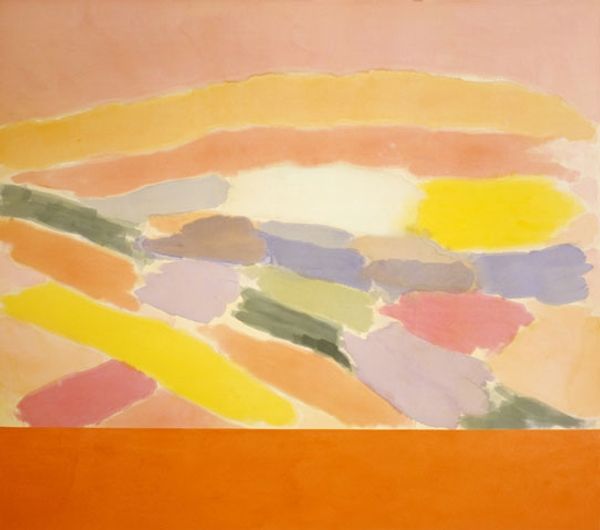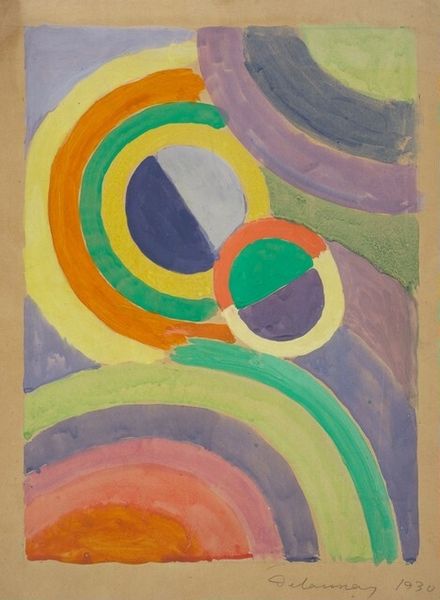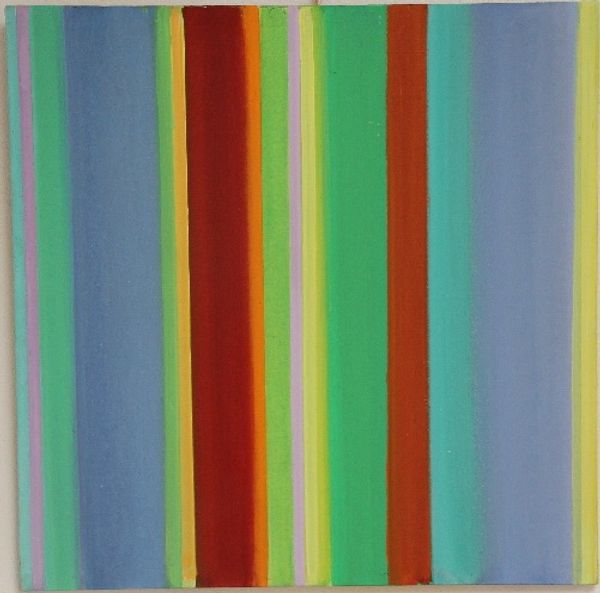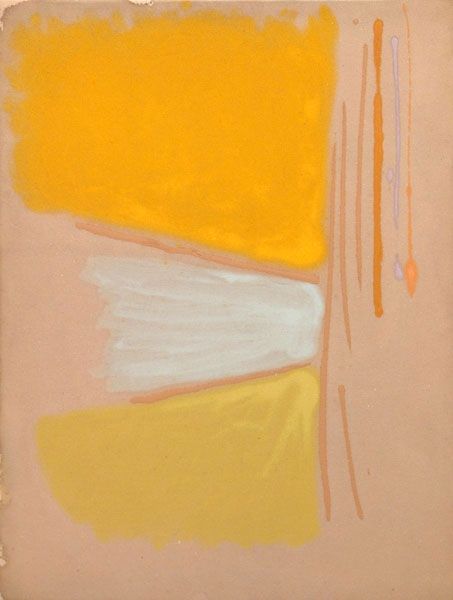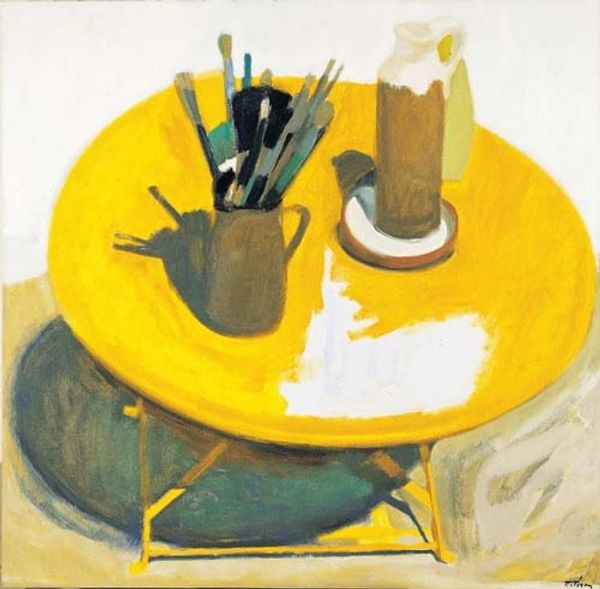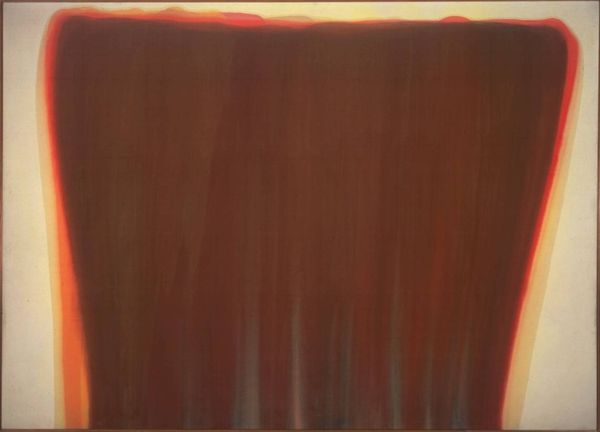
#
bay-area-figurative-movement
Copyright: Wayne Thiebaud,Fair Use
Curator: Here we have Wayne Thiebaud's "Drink Cup," an oil painting dating from 1972. Editor: Immediately, the vibrant hues and the solitary depiction of such a mundane object strike me. There's an almost surreal quality to its isolation. Curator: Thiebaud often focused on everyday objects, elevating them through careful attention to light, shadow, and form. I consider this work as part of his broader commentary on consumerism and American culture. It challenges hierarchies of subject matter, prompting questions about value, labor, and class through a Pop Art lens. Editor: I’m particularly drawn to the materiality of the paint itself. The visible brushstrokes and thick application of pigment remind me of the labor involved in its production. It is the intersection of high art with the commonplace, almost as if Thiebaud intends for us to question how we assign value to objects and experiences. Curator: I think Thiebaud’s emphasis on the mundane reflects a mid-century America obsessed with postwar comforts and the expanding middle class. This cup becomes emblematic of mass production and commercialized taste, speaking volumes about aspirational desires in 1970s United States. Who has access? What are the byproducts? Editor: Agreed, but what of the actual manufacture of the object in question? One must reflect on labor—the often invisible work required to produce these cups for everyday use. And where does all that plastic waste go now? Curator: Indeed. What began as Pop fascination takes on an entirely different hue under the shadow of environmental consequences and our increased awareness of labor practices globally. Editor: The artwork provides a portal through which we can appreciate and scrutinize materials, processes, and cultural meaning through the context of painting. Curator: For me, it remains a reminder that artistic representation is inherently intertwined with social and historical narratives. Editor: Absolutely; through his painterly rendering of the commonplace object, we find multiple perspectives for interrogating the cultural values reflected in the cup's journey from object to art object.
Comments
No comments
Be the first to comment and join the conversation on the ultimate creative platform.
